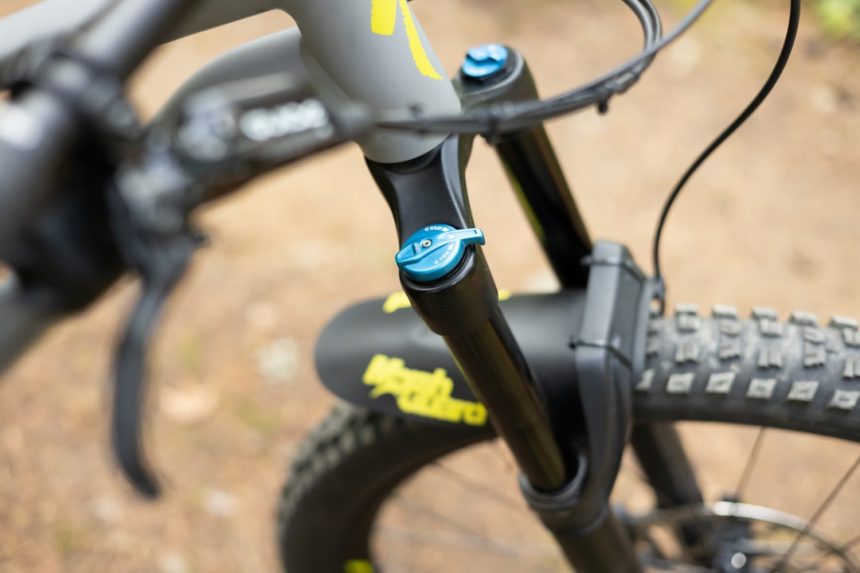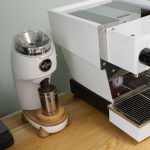If you’re in the market for an electric bike, or e-bike, understanding the key components that influence ride quality and bike performance is essential. One of the most critical systems to consider is the pedal-assist sensor, which greatly affects how your bike responds when you pedal. The two primary types of pedal-assist sensors found on e-bikes are torque sensors and cadence sensors. Knowing the differences between them can help you make an informed decision that aligns with your riding style, commuting needs, and terrain preferences.
What Are Pedal-Assist Sensors?
Pedal-assist sensors are systems that regulate the amount of motor power applied based on how you pedal. These sensors are central to the e-bike experience, controlling the electric motor’s behavior as you pedal. Without them, your e-bike would not know when or how much assistance to provide.
The two most common types of sensors are:
- Cadence Sensors – These measure whether and how fast you are pedaling.
- Torque Sensors – These measure how hard you are pedaling.
Each type of sensor offers a unique ride dynamic and caters to different rider preferences and use cases.
Cadence Sensors: Simplicity and Affordability
Cadence sensors operate by detecting the rotation of your crankset—essentially, they measure if and how fast you are rotating the pedals. When the sensor detects movement, it tells the motor to start providing assistance. Most cadence-equipped e-bikes offer speed or gear levels that the rider can select, determining how much assistance the motor provides while pedaling.
Advantages of Cadence Sensors:
- Lower cost: These sensors are generally cheaper to manufacture, making the bikes more affordable.
- Simplicity: More forgiving of poor pedaling technique; ideal for beginners and casual riders.
- Steady power delivery: Great for cruising on flat terrain or for riders who prioritize ease over athleticism.
Limitations of Cadence Sensors:
- Lag in response: The motor may engage or disengage more slowly due to less precise monitoring.
- Less intuitive control: Power delivery isn’t based on how hard you pedal; it can feel jerky or unnatural on variable terrain.
- Burst-prone: There’s often a large power surge when the pedal motion is detected, which can be startling to some riders.
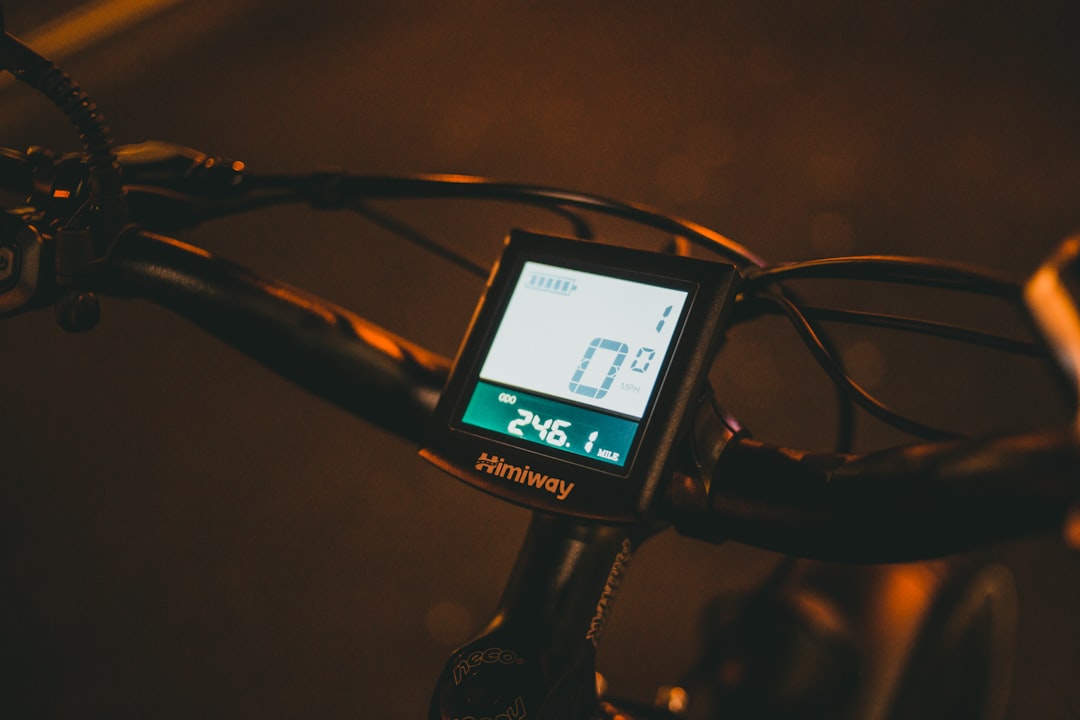
Cadence sensors are best suited for leisure riders, those who ride on flat or consistently paved roads, and those who prefer not to exert themselves vigorously while cycling.
Torque Sensors: A Natural Cycling Experience
A torque sensor measures the amount of force a rider is applying to the pedals. The system then adjusts the motor assistance proportionally. If you pedal hard, the motor gives you more power; if you pedal lightly, it provides just a little assistance. This results in a much more natural, bike-like feel—echoing the traditional cycling experience, only with enhanced stamina and speed.
Advantages of Torque Sensors:
- Smoother power delivery: Provides a more natural, seamless response that matches your pedaling effort.
- Efficient battery use: Because motor power is proportionally distributed, e-bikes with torque sensors often use battery power more efficiently.
- Better climbing performance: Perfect for hilly terrains where intelligent power distribution is essential.
Limitations of Torque Sensors:
- Higher cost: These systems are more sophisticated and expensive, impacting the overall cost of the e-bike.
- Requires consistent torque: May be challenging for less experienced riders or those with inconsistent pedal pressure.
- More complex: Maintenance and troubleshooting can be more involved due to increased system complexity.
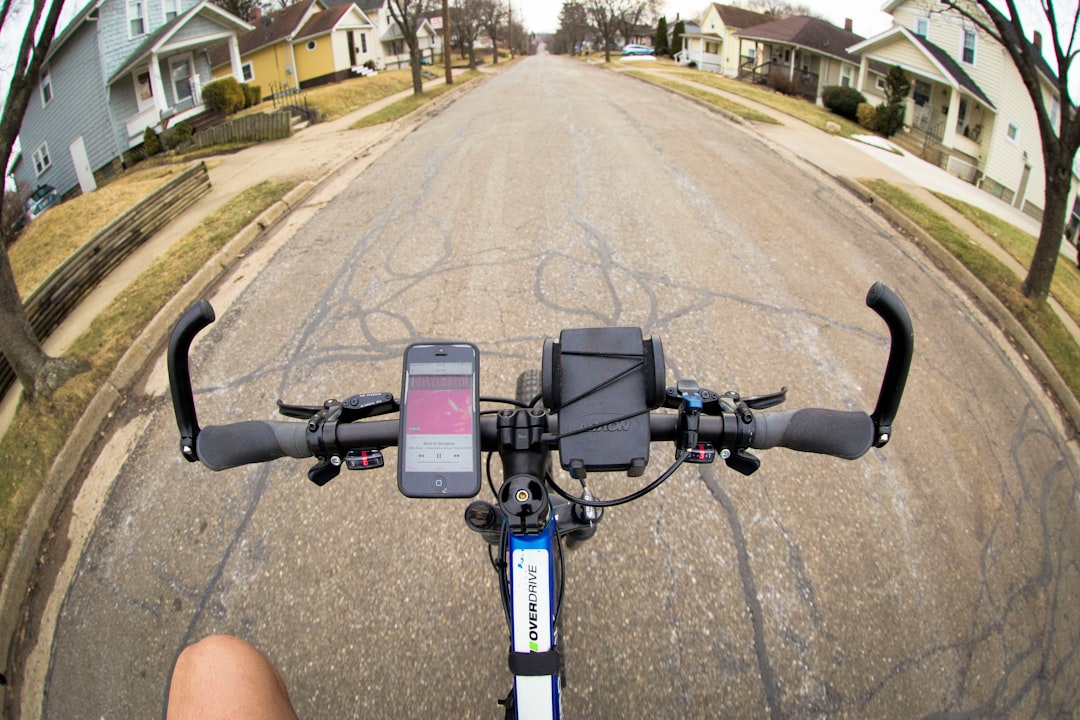
Torque sensors are preferred by experienced cyclists, commuters who navigate varied terrain, and those seeking a fitness-friendly ride that adapts intelligently to their effort level.
Deciding Between Torque and Cadence
Choosing between these two sensor types depends heavily on your lifestyle and how you plan to use your e-bike. Below are some guiding questions to consider:
- How often will you ride? For occasional leisure rides, cadence may suffice. For daily commutes over diverse terrains, torque might be more appropriate.
- Do you want to exercise or be assisted? If you’re primarily looking to get exercise, torque sensors will give you better workout feedback. If you want easy, motor-assisted motion, cadence fits the bill.
- Where will you ride? Urban, flat terrain = cadence-friendly. Hilly, variable elevation = torque-preferred.
- What is your budget? Cadence sensor e-bikes tend to start around $1,000–$1,500. Torque-equipped models often begin at $1,800 and go up.
It’s also worth mentioning that some premium e-bikes now combine both sensors to deliver the best features of each type. These hybrid systems balance ease of use with refined control, though they typically come at a premium price point.
Ride Experience: Smoothness vs Simplicity
The difference in ride feel between torque and cadence sensor bikes cannot be overstated. Riders describe torque sensor bikes as predictable and smooth, closely mimicking a “manual” bike with an extra boost. Cadence sensor bikes, in contrast, often feel more machine-assisted, with on-off motor functions that engage regardless of rider force.
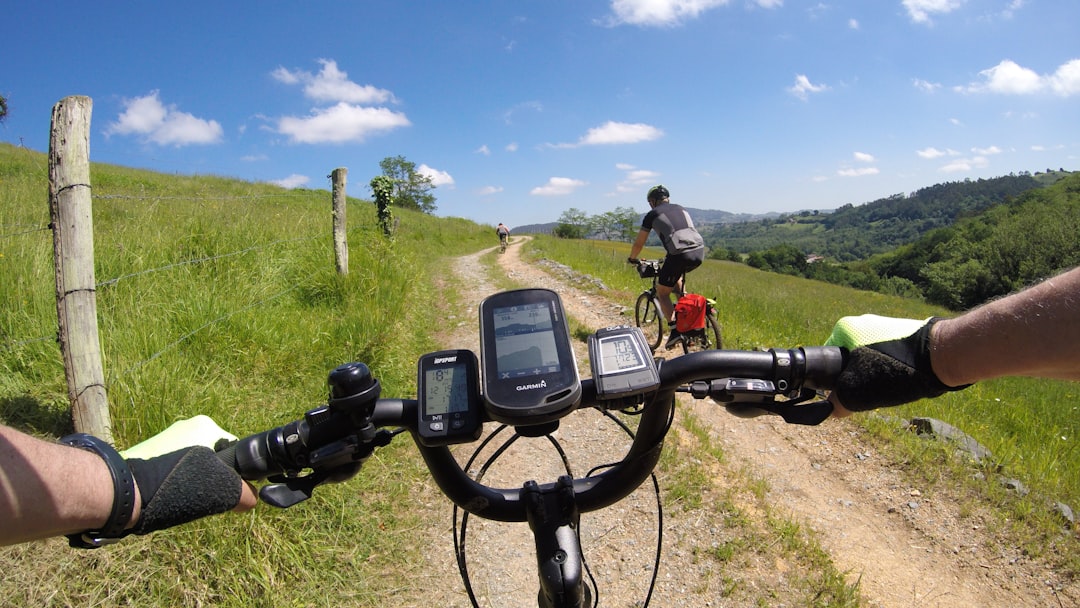
If you are new to cycling or just want help covering long distances with minimal physical effort, you may find that a cadence sensor e-bike gives you the control and support you need without overcomplication. But if you’re more technically inclined and want your bike to respond to nuance, a torque sensor system offers a rich, dynamic ride experience.
Upkeep and Maintenance
Regardless of the sensor type, e-bikes require regular maintenance. That said, torque sensors are more sensitive to calibration and placement. They often require more precise alignments and are typically found in the crank or bottom bracket—a more protected but also more complex area to service.
Cadence sensors, often mounted externally or in simpler formats, can be easier—and cheaper—to replace or maintain, particularly for DIY enthusiasts. However, they may be more exposed to the elements, increasing wear over time.
Final Thoughts
Your choice between a torque and a cadence sensor e-bike comes down to what you value most: simplicity or sophistication, cost or control, leisurely riding or athletic performance. Both systems have their merits, and understanding what you’re looking to achieve with your e-bike will guide you toward the better option.
Investing in an e-bike is a significant decision. Take test rides when possible, ask retailers for sensor-specific details, and consider your long-term commitment to the activity. With the right information—and the right pedal-assist sensor—you’ll be well on your way to making a purchase you won’t regret.
